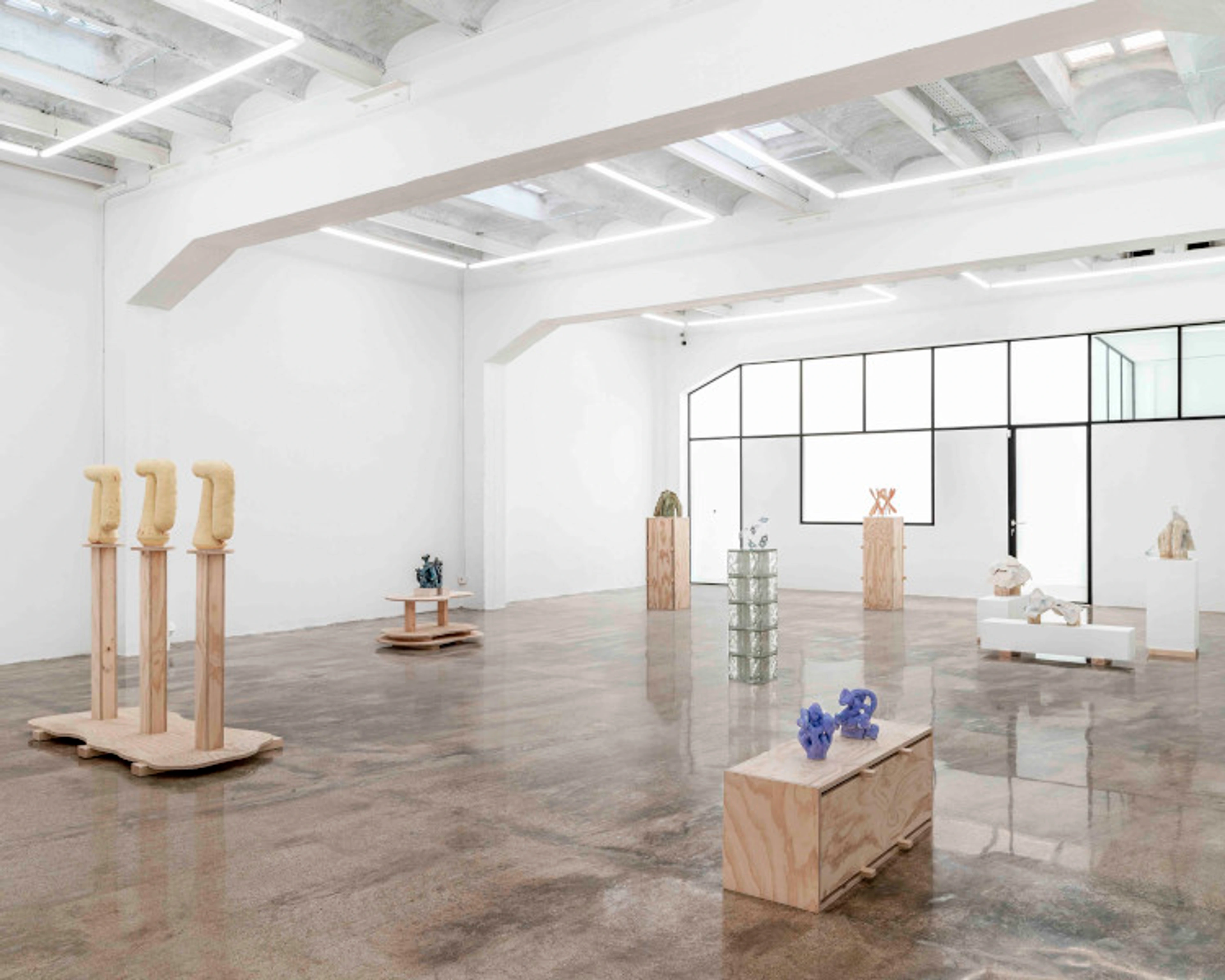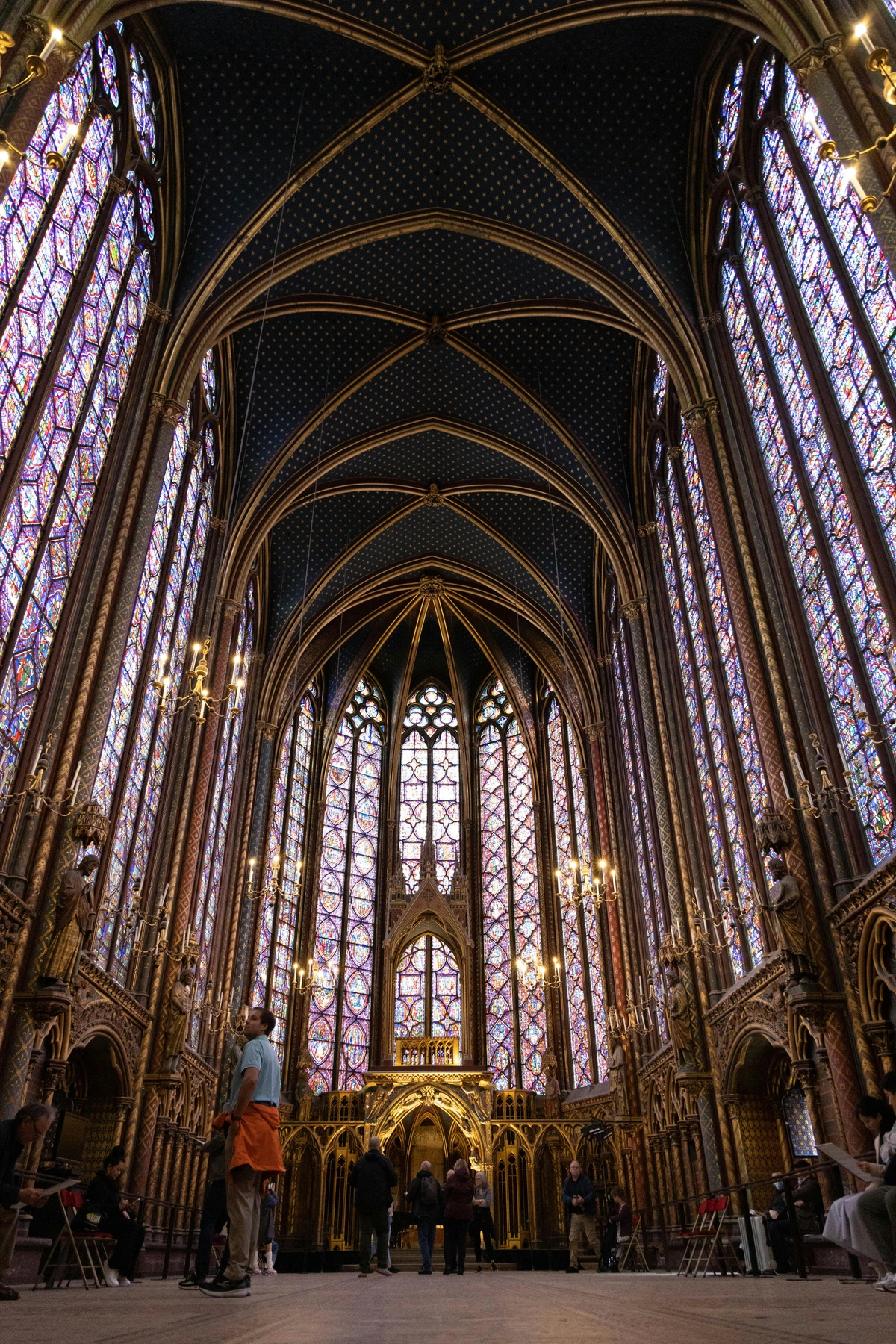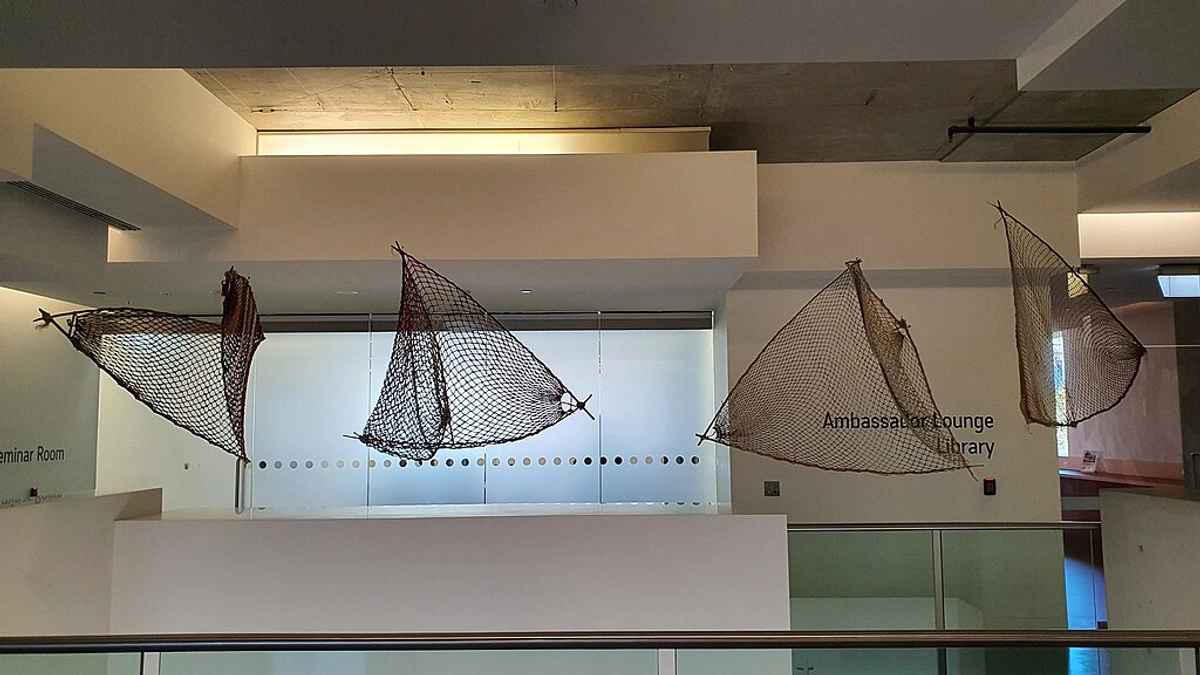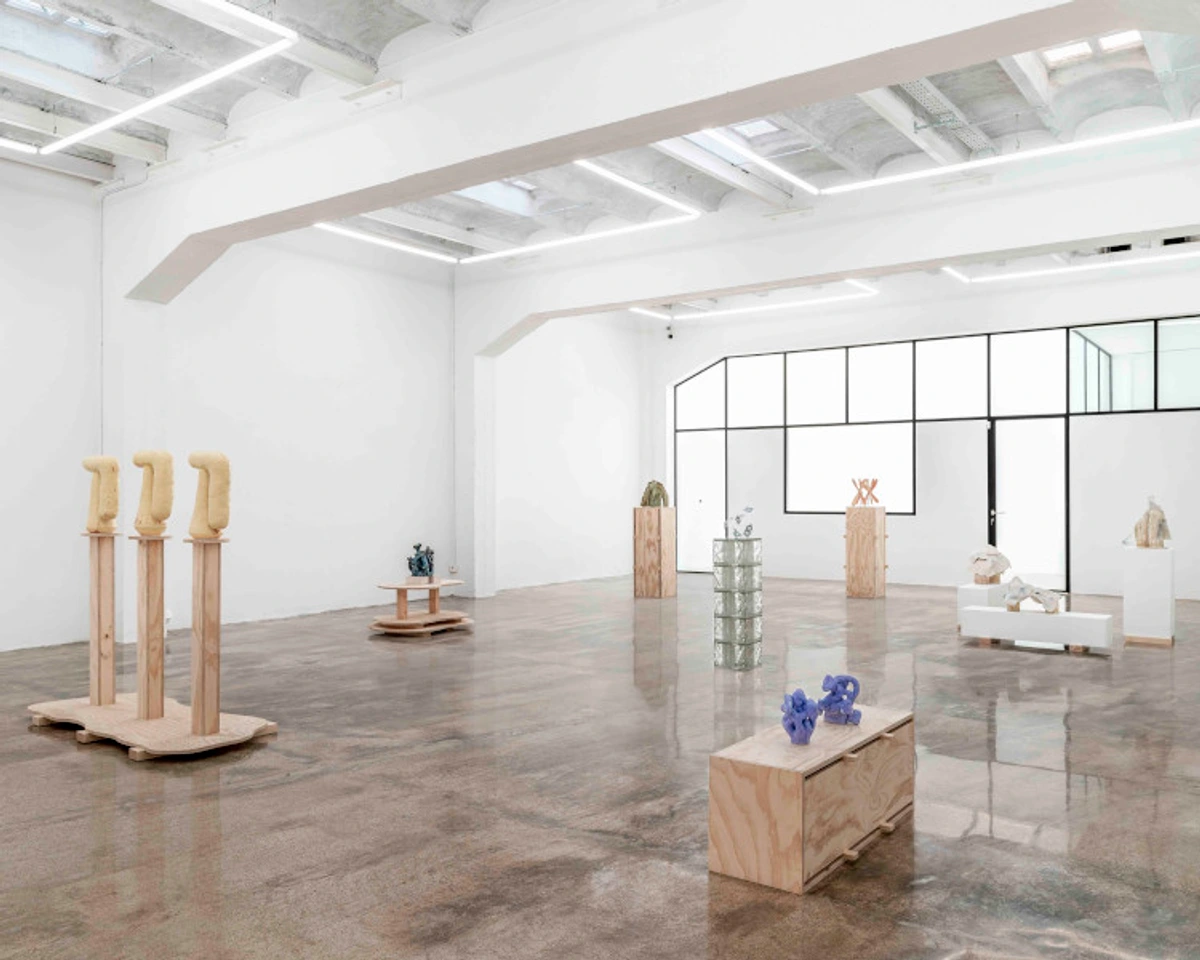
The Thread That Connects: Why Textile Art is Rising in Contemporary Galleries
Textile art is weaving its way into contemporary galleries. Discover why this ancient craft is finally getting its moment in the fine art spotlight, exploring history, techniques, key artists, themes, and the personal perspective of an artist.
The Thread That Connects: Why Textile Art is Rising in Contemporary Galleries
Okay, let's talk about textiles. For the longest time, when you thought of "art" in a fancy gallery, you probably pictured paintings, sculptures, maybe some photography. Textiles? That felt more like... well, craft, right? Something your grandma might do, or maybe a cool wall hanging, but fine art? Not so much. It's a perception I encountered myself, both as an artist exploring mediums and as a visitor in those hushed, often intimidating spaces.
But lately, if you've been wandering through contemporary galleries, you might have noticed something shifting. Suddenly, there are intricate tapestries, sculptural fiber installations, and bold fabric pieces hanging alongside canvases and bronzes. Textile art is having a moment, and honestly, it's about time. As an artist who loves exploring different mediums, I find this incredibly exciting. It feels like a breaking down of old, stuffy barriers, a recognition that the thread is just as valid as the brushstroke. It's a quiet revolution, woven into the very fabric of the art world.
From Craft to Canvas: A (Brief, Personal) History
Historically, there's been this weird, often snobby, divide between "fine art" (painting, sculpture) and "craft" (ceramics, textiles, jewelry). Fine art was seen as intellectual, conceptual, made by solitary geniuses. Craft was seen as functional, decorative, made by skilled hands, often by women, and somehow less serious. It's a ridiculous distinction when you think about the incredible skill, creativity, and conceptual depth that goes into something like a complex tapestry or a woven sculpture. I remember feeling this disconnect even as a kid, drawn to the beauty of historical textiles but sensing they weren't given the same reverence as the 'important' paintings.
The Industrial Revolution, while bringing incredible advancements, also inadvertently deepened this divide. Mass production made textiles widely available and affordable, further pushing handmade textiles into the realm of 'craft' or domesticity, away from the perceived intellectual rigor of 'fine art'.
Historically, textiles have been central to human culture – from ancient Egyptian burial cloths imbued with spiritual meaning to intricate Peruvian featherwork signifying status, or medieval European tapestries telling grand stories of history and myth. These weren't just functional items; they were powerful forms of communication, status symbols, and expressions of deep cultural knowledge and artistic intent. Take, for instance, the stunning Coptic textiles from late antique Egypt, with their complex woven patterns and figural designs – they demonstrate a level of technical mastery and artistic sophistication that rivals any painting or sculpture of their time. Yet, the Western art historical canon largely sidelined them, reinforcing that arbitrary craft vs. fine art hierarchy, often dismissing them as mere 'decorative arts' or 'women's work'.

The Bauhaus, with its revolutionary textile workshop led by figures like Anni Albers (whose work I find particularly inspiring in its exploration of structure and material), began to challenge this, treating weaving and textile design with the same rigor as painting or architecture. Albers, in particular, elevated weaving from a craft to a form of abstract art, exploring structure, texture, and color with intellectual depth. Later, the Fiber Art Movement of the 1960s and 70s saw artists explicitly using fiber and textile techniques to create large-scale, non-functional sculptures and installations, pushing back against traditional boundaries and demanding recognition within the fine art world. Artists like Lenore Tawney and Claire Zeisler were pioneers, creating monumental, free-hanging forms that transformed space and challenged perceptions of what fiber could be.
The Threads Unravel: Why Contemporary Galleries Are Embracing Textiles Now
So, what changed? Why are galleries finally embracing textile art? It's not just one thing; it's a confluence of factors that resonate deeply with the contemporary art world's evolving values and interests. Think of it as the art world finally catching up to what artists and cultures outside the Western canon have known all along. It feels like a collective exhale, a recognition of richness that was always there.
Let's explore some of the key threads driving this shift:
- Pushing Boundaries & Materiality: Contemporary art thrives on challenging norms and exploring new materials and ideas. Artists are constantly looking beyond traditional paint and canvas. Textiles offer a vast, rich world of texture, color, and form. They are inherently tactile, inviting you to imagine touching them, feeling the weave, the weight, the softness or roughness. This focus on materiality – the physical properties of the medium itself – is crucial in contemporary art, often as a reaction against purely conceptual or digital work. It's not just what is depicted, but what it's made of and how it's made. Artists exploit the unique properties of fibers – the sheen of silk, the bulk of wool, the resilience of synthetics, even unconventional materials like wire, plastic waste, or found clothing – to create specific visual and sensory experiences. Techniques like digital embroidery, complex knotting, and sculptural knitting or crochet are pushing the boundaries of what's possible. Artists like Sheila Hicks create monumental fiber sculptures, like her 'Lianes' series, that spill onto the floor or hang from ceilings, completely transforming architectural space and challenging perceptions of scale and material.

- Conceptual Depth & Narrative: Modern textile artists aren't just making pretty patterns; they're using fibers, threads, and fabrics to explore complex ideas about identity, history, labor, gender, politics, and the environment. The medium itself becomes part of the message, carrying layers of historical and cultural baggage that can be unpacked and reinterpreted. A piece might be woven from recycled materials to comment on consumption, or use traditional techniques to discuss cultural heritage or trauma. Textiles can hold stories in their very structure and material. Magdalena Abakanowicz's large-scale fiber sculptures, known as 'Abakans', are powerful, often unsettling forms that explore themes of humanity, nature, and the trauma of the 20th century, using the very fibers to evoke organic, yet alien, presences. Faith Ringgold uses story quilts, like her famous 'Tar Beach', to weave together personal history, African American narratives, and political commentary, blurring the lines between fine art, craft, and storytelling. This is something I think about a lot in my own work – how the materials I choose tell part of the story, how they hold history and intention. (If you're curious about how artists convey meaning, check out How to Read a Painting – many principles apply, even to textiles!).
- Reclaiming History & Challenging Hierarchies: Many artists are deliberately engaging with textile traditions that were historically marginalized, often associated with domesticity, women's work, or specific cultural groups outside the Western canon. By bringing these techniques – quilting, weaving, embroidery, dyeing – into the gallery, they're reclaiming and elevating forms of expression, challenging that old craft vs. fine art divide. This movement is deeply tied to feminist art history and post-colonial perspectives. Artists like Bisa Butler create vibrant quilted portraits using African fabrics, celebrating Black identity and history and firmly placing quilting within the realm of fine art. This act of reclaiming feels incredibly important, right? It's like saying, "You dismissed this? Well, look at its power now."
- Social Commentary & Sustainability: Textiles are intimately connected to global industries, labor practices, and environmental impact. Contemporary artists are using this connection to make powerful statements. Working with found textiles, recycled clothing, or exploring the history of textile production allows artists to engage directly with issues of consumerism, globalization, and sustainability. Nick Cave's 'Soundsuits', elaborate wearable sculptures made from found objects and textiles, comment on race, identity, and social justice, using materials to create both visual spectacle and critical dialogue. The very process of working with textiles can also be a form of commentary, aligning with the 'slow art' movement and a rejection of mass production.
- Global Perspectives and Cross-Cultural Exchange: Increased globalization and exposure to non-Western art traditions have played a significant role. In many cultures outside the Western canon, textiles have always held a high status, used in rituals, ceremonies, and as indicators of wealth and power. Traditions like Japanese Shibori dyeing, Ghanaian Kente cloth weaving, or Indonesian Batik have rich histories and complex techniques that are now influencing and being celebrated within the global contemporary art scene. As the art world becomes more globalized and curators look beyond the traditional Western narrative, the richness and significance of textile traditions worldwide are being recognized and celebrated, influencing contemporary artists and collectors alike.
- The Influence of Exhibitions and the Market: Major museums and galleries worldwide have increasingly dedicated significant exhibitions to textile art, bringing it to a wider audience and validating its place in the contemporary art landscape. Institutions like the best galleries in London, the Whitney Museum, and the Venice Biennale have featured prominent textile artists, often in major solo shows or thematic exhibitions that highlight the medium's conceptual strength. This increased visibility has also led to growing interest from collectors and a stronger presence in the art market, further solidifying its position. We're seeing textile pieces command significant prices at auction and art fairs, a clear indicator of their rising status.

Textiles are also finding their way into other contemporary art forms, such as performance art, where fabric can be used for costumes, props, or environmental elements, or in large-scale installations that transform entire spaces with draped or woven forms.
More Than Just Fabric: The Enduring Appeal
What is it about textiles that resonates so deeply? Maybe it's their connection to our bodies, our homes, our histories. Fabric is everywhere in our lives, from the clothes we wear to the blankets that comfort us. Seeing it transformed into something unexpected, something that challenges our assumptions, is powerful. It taps into something fundamental, perhaps a primal connection to shelter, warmth, and human touch. For me, there's a profound sense of connection to generations of makers, particularly women, who worked with thread and fiber, often anonymously, creating beauty and function. There's also the sheer wonder of the process – the patience, the repetition, the transformation of simple threads into complex forms. It's a kind of magic, really.
For me, as an artist, the possibilities feel endless. The textures, the colors, the sheer versatility of fiber – it's a medium ripe for exploration. It reminds me that art isn't confined to a canvas or a block of marble; it can be made from anything, anywhere. It's a good reminder when I'm in my studio, surrounded by paints and brushes, to think beyond the usual. (Speaking of studios, you can see a bit of my journey and process on my timeline).
Challenges and the Future
Of course, textile art isn't without its challenges. Conservation can be complex, requiring specialized knowledge and environmental controls. Installation can also be tricky due to scale and material properties. And while its status is rising, some traditionalists in the art world still cling to outdated hierarchies, viewing textiles through a limited lens. There's also the ongoing discussion about authenticity and value compared to more 'traditional' mediums. Will a woven sculpture ever command the same price as a major painting? Sometimes yes, sometimes no, and the reasons are as complex as the art market itself.
But despite these hurdles, the momentum is clearly with the artists pushing these boundaries. The future of textile art in contemporary galleries looks incredibly bright. As artists continue to innovate and explore the medium's potential for conceptual depth, materiality, social commentary, and cross-cultural dialogue, its presence will only grow. It's a vibrant, dynamic field that reminds us that the most exciting art often comes from unexpected places, woven from the very fabric of our lives.
So next time you're in a gallery, keep an eye out for the threads. You might be surprised by the stories they tell and the connections they weave. If you're drawn to art that speaks through texture, material, and a rich history, perhaps something with a unique story, you can always buy art directly from artists like me, or explore galleries like the one in 's-Hertogenbosch that champion diverse forms of expression. The thread, it turns out, connects more than just fibers; it connects history, culture, and the ever-evolving definition of art itself.




